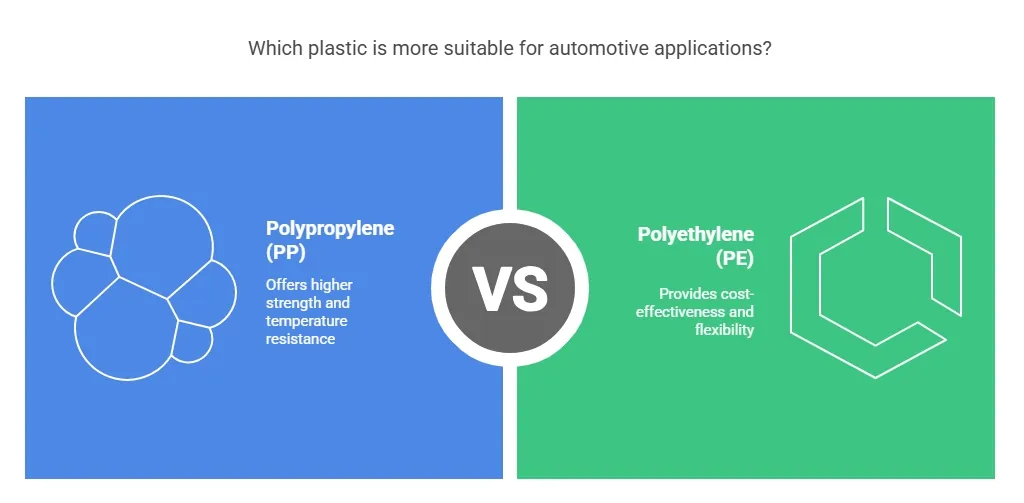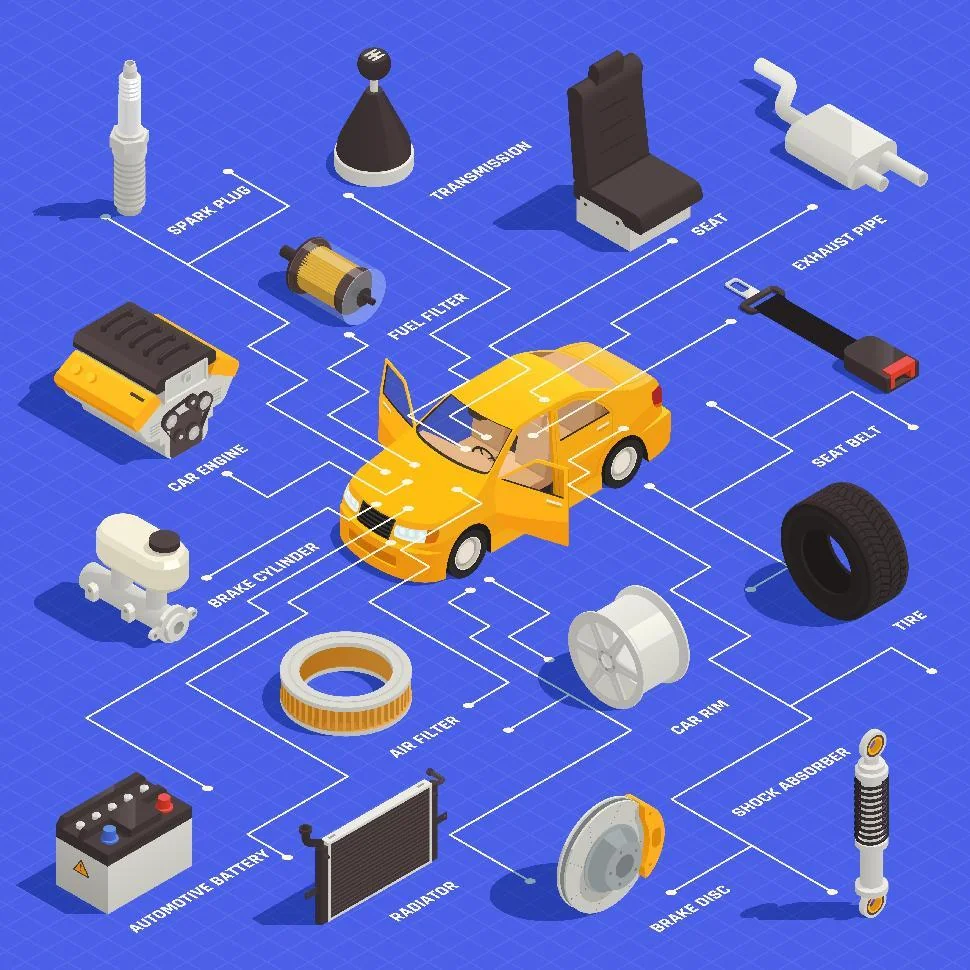Ever since the introduction of prototype machining, the manufacturing process has been truly revolutionized. These machining techniques have truly made everything efficient and effective; CNC prototyping is now widely used in virtually every industrial sector partly thanks to the ever-changing trends of technology.
There has been a lot of transformation ever since its inception, for mass-production or large-scale manufacturers; they have adopted the machining process due to its affordability and efficiency thus reducing the overall production cost enabling them to enjoy huge economies of scale.
As profitable or efficient as it may sound, there is still a lot of room for improvement when it comes to CNC prototyping. For this article, we are going to delve a little bit deeper into some aspects that you should pay special attention to when using this production technique.
Table of Contents
ToggleMaterials
Every engineering and design firm uses a wide variety of materials with regard to your production process. CNC prototyping is usually a subtractive process, which in simple terms means that the prototyping machines cut the extra or additional materials before the formation of the final product.
In comparison to 3D printing, which is an additive process that adds extra layers until the final product is formed. During the creation of prototypes, a plastic resin is mostly used as its compatible with almost 90% of the production techniques and processes.
The use of plastic resin allows designers and engineers to test the functionality and viability of its products and also highlight potential flaws and defects before large-scale production is rolled out.
Cost and prices
CNC prototype machining is advisable for small-scale production as it might be quite expensive. The entire prototyping process requires more funds and personnel for your project to be a success. In stark contrast, 3D printing is very affordable and cheap.
If you have the resources and financial muscle, the CNC prototyping is the perfect manufacturing technique for you.
The size of your project
As a project manager or developer, you will need to ask a lot of questions with regard to the entire project. You should ask all the relevant questions until you are satisfied or get all the relevant answers.
One of the key concerns must be about the techniques and machines used in the production of prototypes and components. If the end-goal is large scale production, then your engineers and designers should be able to manufacture a functional and working prototype that mimics the original design allowing for the testing of the functionality and viability thus saving you a lot of time and money even before full-production is rolled out.
Accuracy and precision
The end-game of prototype machining is the creation of a functional and working part or prototype. Technology use is applied in a wide variety of industries and sectors. But, for manufacturing; the main methodology used in the manufacture of parts or components is according to the specifications and needs of your clients so that they can be easily sold in the market.







